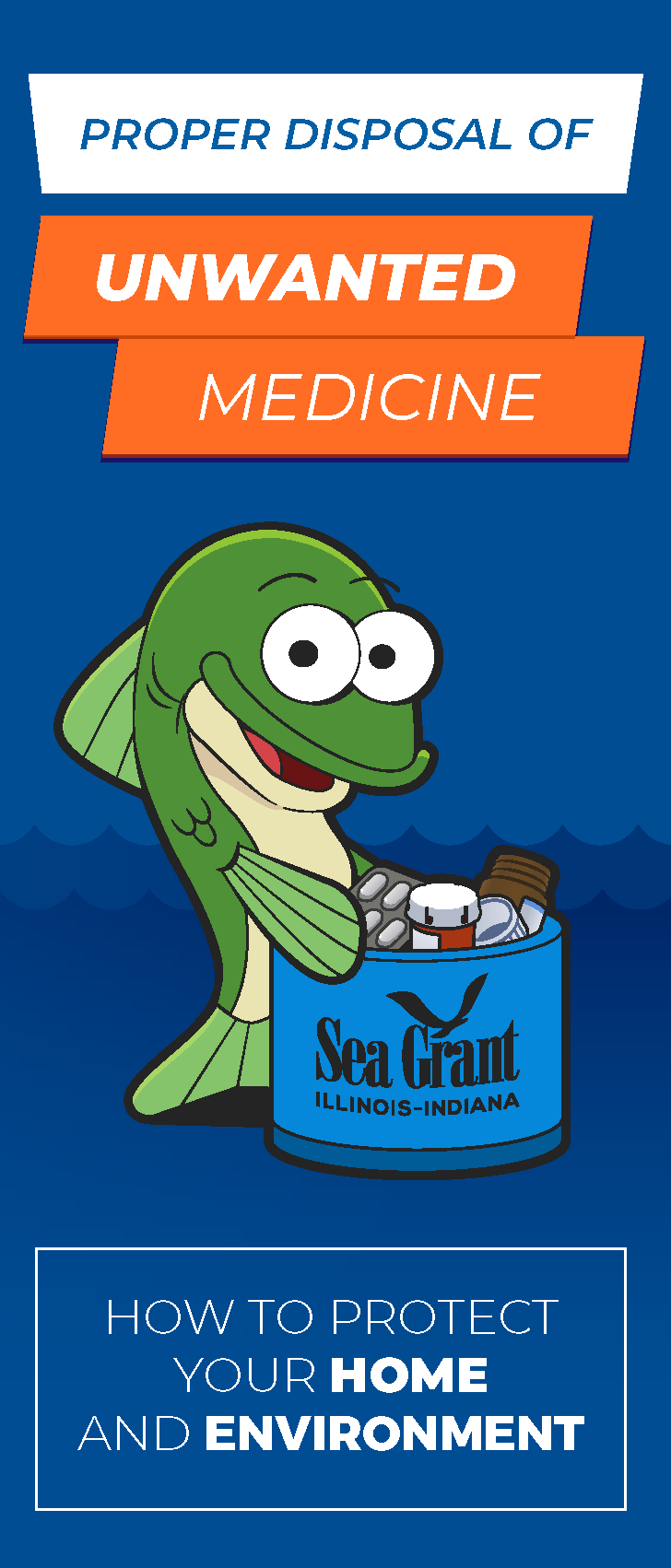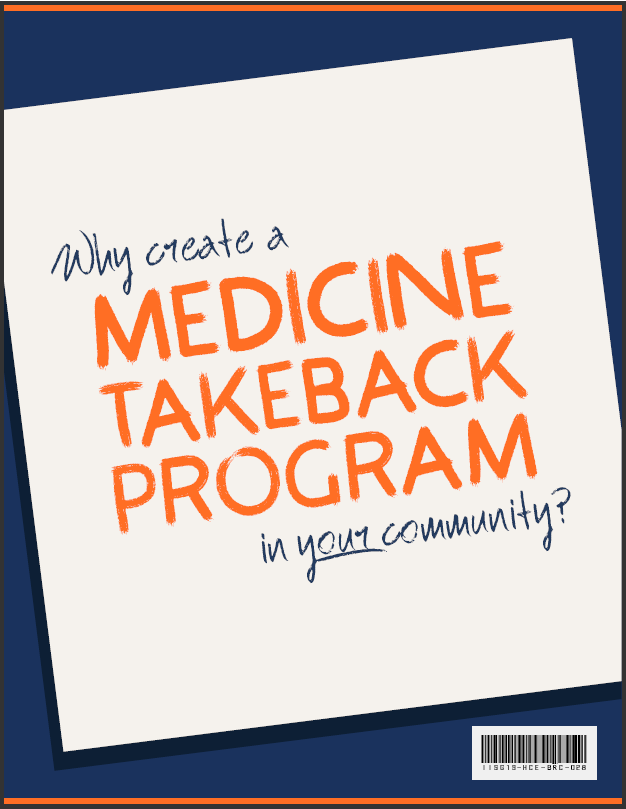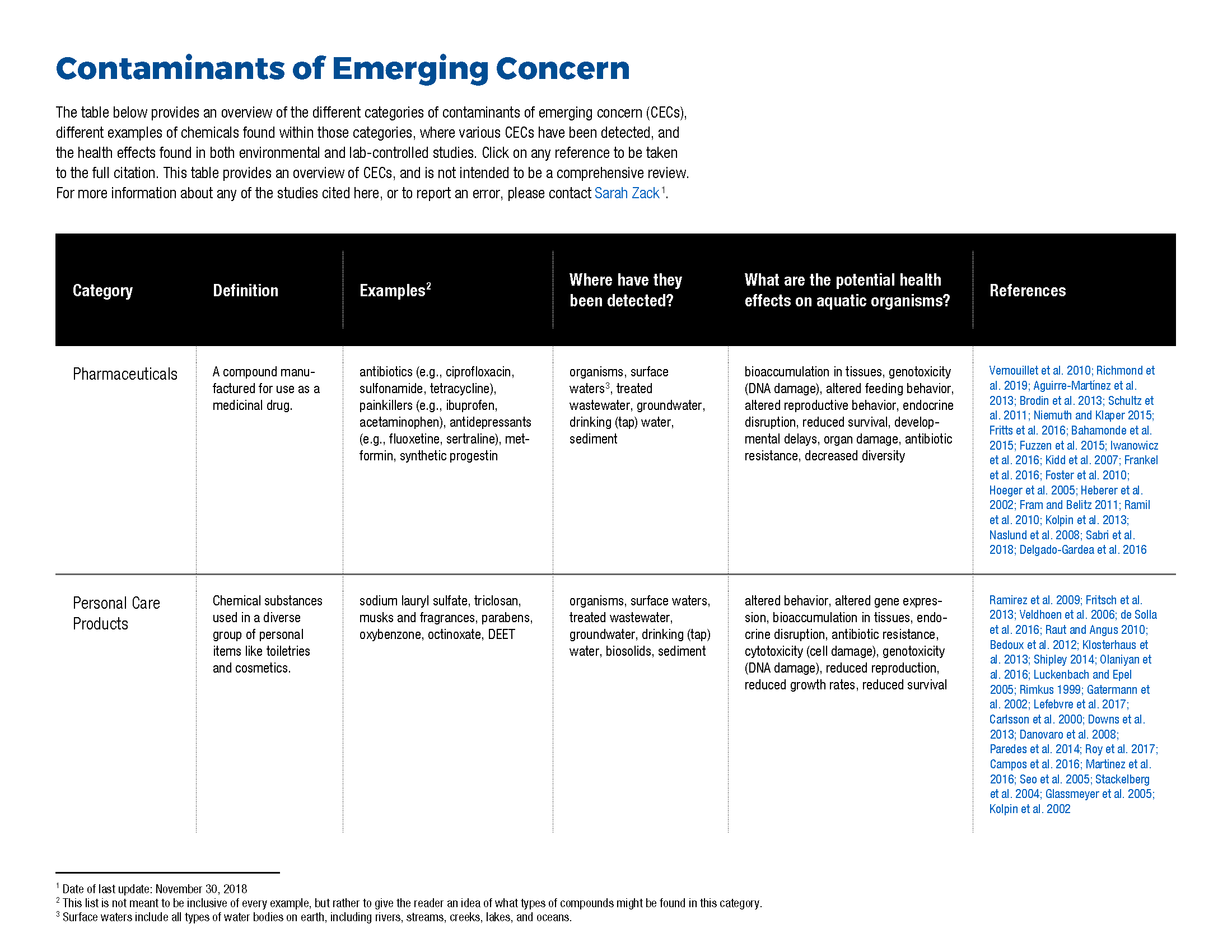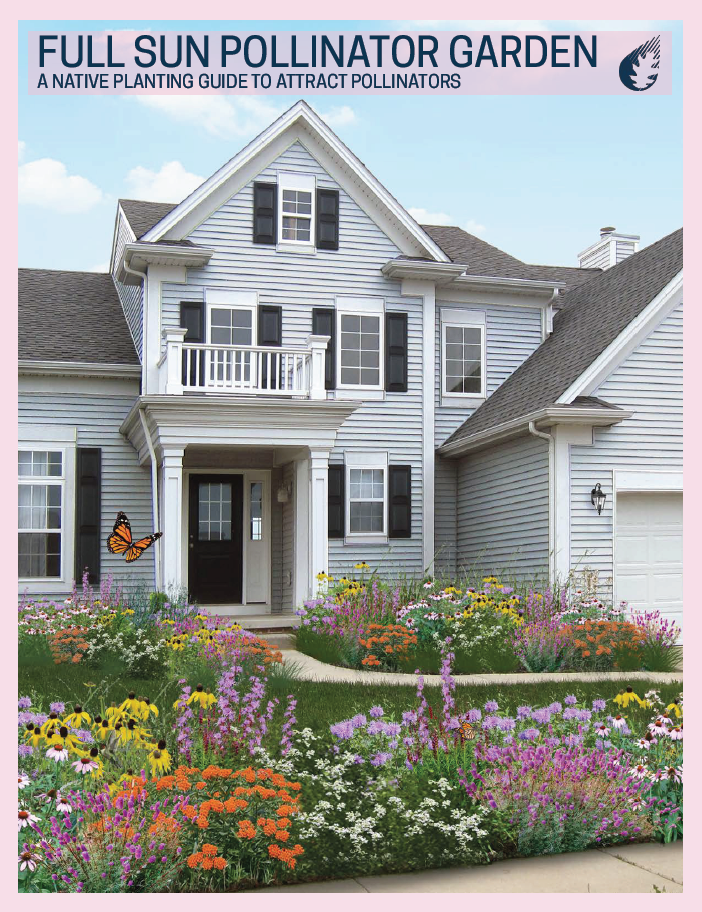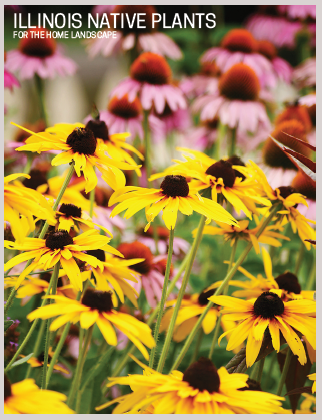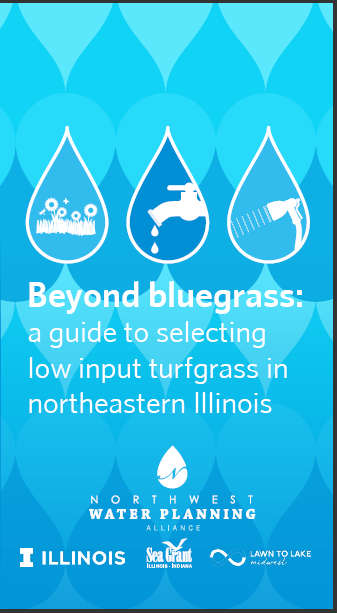
File Size: 500.43 KB
Year: 2019
This product is a guide to selecting low-input turfgrass in the northeastern Illinois region.
The original brochure is available from the Chicago Metropolitan Agency for Planning (https://www.cmap.illinois.gov/documents/10180/296668/FY19-0072_BEYOND_BLUEGRASS_BROCHURE.pdf/80239944-7a22-0b71-8e62-2aff006aef41).

